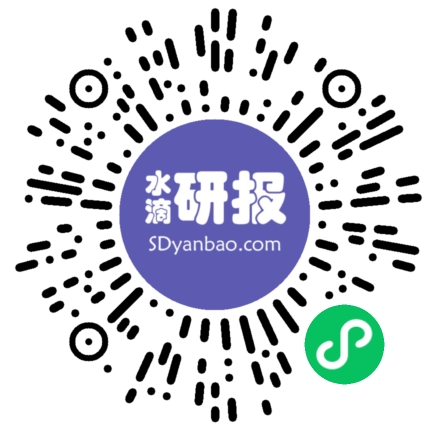英文【谷歌云】谷歌云技术指南:打造智能AI代理系统
Startup technical guideAI agentsIntroductionCore concepts of AI agentsAn overview of Google Cloud’s agent ecosystemKey components of every agentThe role of grounding in agentic systemsKey takeawaysHow to build AI agentsA complete toolkit for building AI agentsA step-by-step guide: Defining an LLM agentGovern and scale your agent workforce with Google AgentspaceOther options for building agentsKey takeawaysEnsuring AI agents are reliable and responsibleAgentOps: A framework for production-ready agentsBuild responsible and secure AI agents with AgentOpsKey takeawaysMore from Google’s full AI stackConclusionResources01020409172325274043454658596048505456Table of contentsThe development of AI agents represents a paradigm shift in software engineering, enabling startups to automate complex workflows, create novel user experiences, and solve business problems that were previously technically infeasible.But moving from a promising prototype to a production-ready agent means solving a new set of challenges. How do you manage their non-deterministic behavior? How do you verify their complex reasoning paths? And, crucially, where do you get started?This technical guide will help answer questions like these. It provides a systematic, operations-driven roadmap for navigating the new landscape, and is geared to help startups and developers who are racing to embrace the potential of agentic systems.You’ll learn the foundational concepts of agentic systems, from their core architectural components to the principles that ensure reliable and responsible operation in production. And you’ll learn about the full spectrum of tools that make building and using agents on Google Cloud more efficient, from code-first development with Agent Development Kit (ADK) and operational automation with the Agent Starter Pack, to no-code agent creation with Google Agentspace. The focus of this guide The agentic AI ecosystem offers many tools, libraries, and approaches for building cognitive architectures. There are open-source frameworks from Google like Genkit and Google Cloud’s conversational AI offerings, as well as popular open-source libraries like LangChain and CrewAI.IntroductionWhether you’re validating an idea, building an MVP, or supporting a product in production, this guide will help across all stages of your project.How to use this guideNew to AI agents? Start with Section 1 for the core concepts.Ready to build? Jump to Section 2 to create your first agent using ADK.Agent built? Dive into Section 3 to make it safe, stable, and scalable.Want extra support? Use the Gemini Kit to prototype faster, and apply to the Google for Startups Cloud Program to receive expert guidance and up to $350k USD in cloud credits.This guide focuses primarily on ADK, sharing concepts and architectural patterns that allow you to build robust, scalable agents on Google Cloud while retaining the ability to integrate other preferred tools and libraries.1Core conceptsof AI
英文【谷歌云】谷歌云技术指南:打造智能AI代理系统,点击即可下载。报告格式为PDF,大小26.53M,页数64页,欢迎下载。









